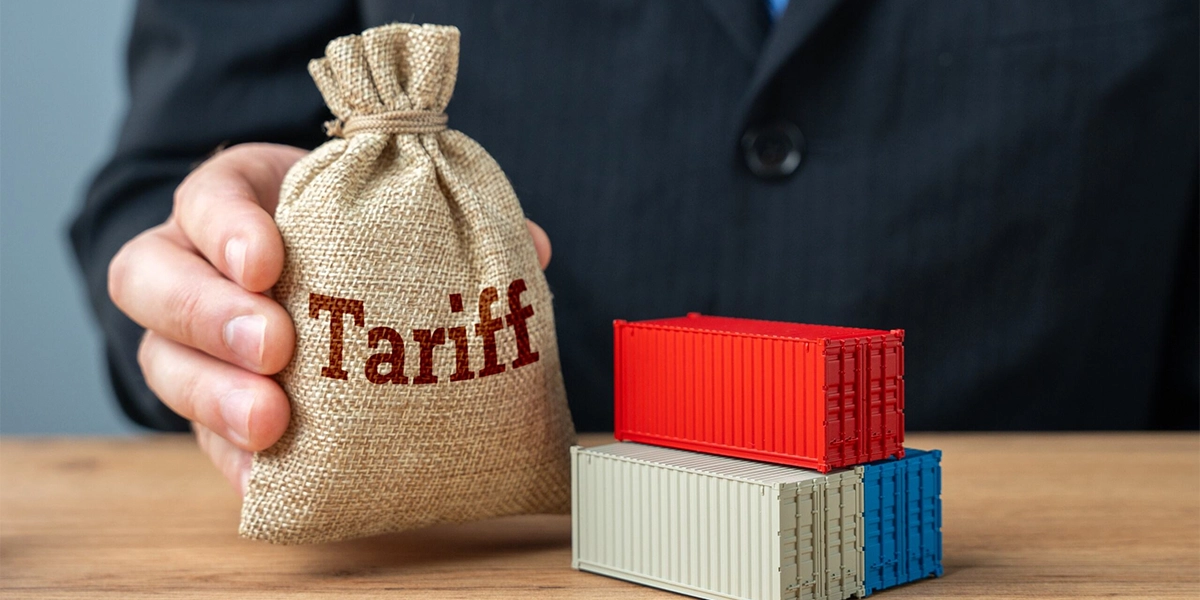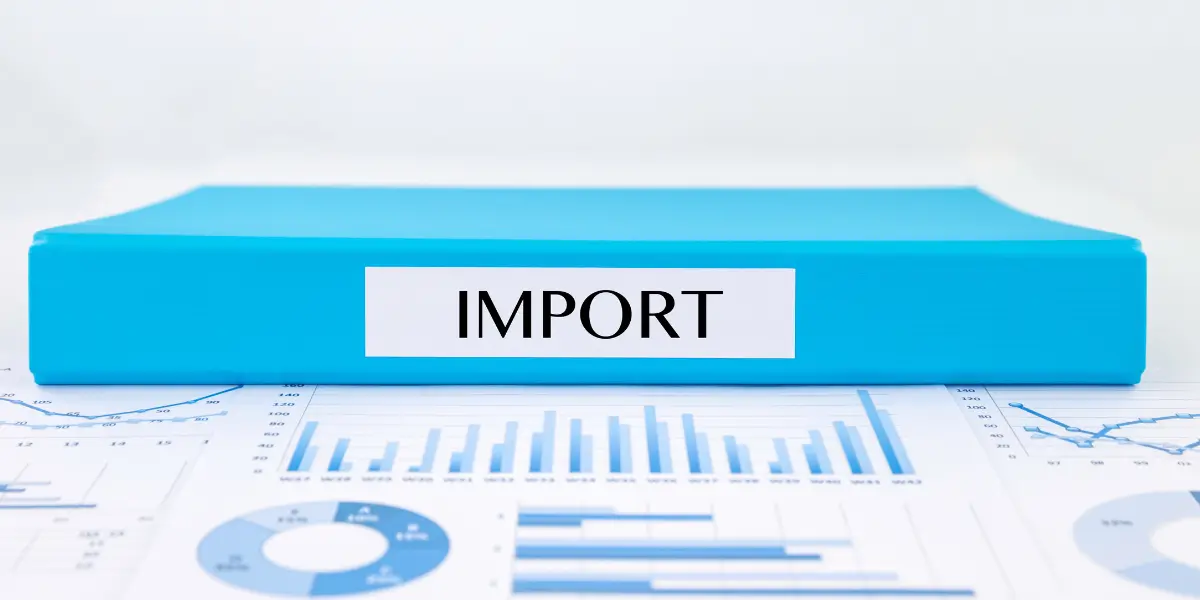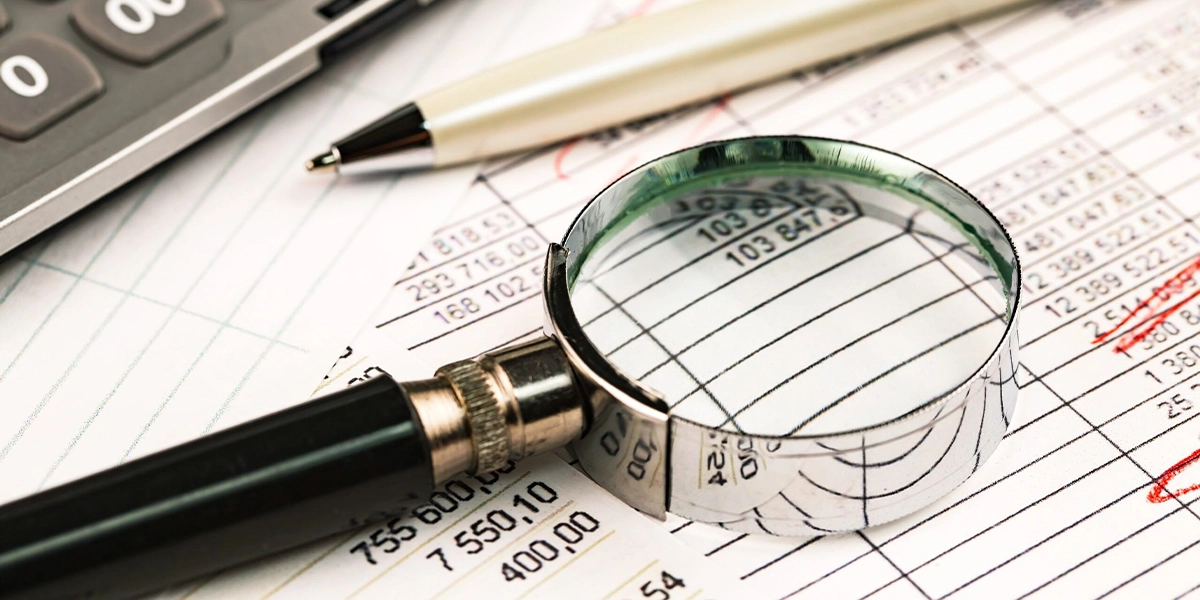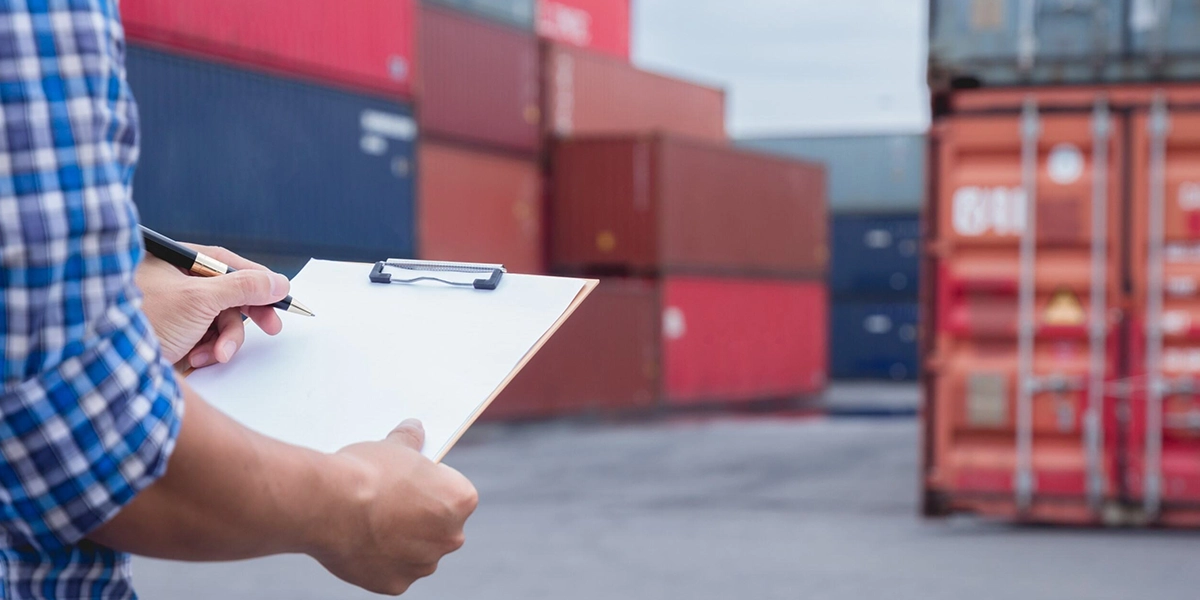The UK government has announced plans to introduce a new tariff suspension scheme. This new scheme will help UK firms become globally competitive.
This will be done by allowing companies to request that duties be partially or wholly reduced for a set period. This in turn will result in lowering the cost of importing raw materials and decreasing production costs. Once a suspension has been introduced, all UK importers will be able to benefit from the reduced rate.
The new scheme will be launched from 1 June 2021 and will allocate suspensions based on the needs of firms in the UK and the wider economy. Prior to Brexit, firms had to submit applications to the EU bloc to request suspensions, which then had to be assessed by all member states.
The government has also confirmed that existing duty suspensions that the government has rolled over from the EU will be extended beyond 31 December 2021.









